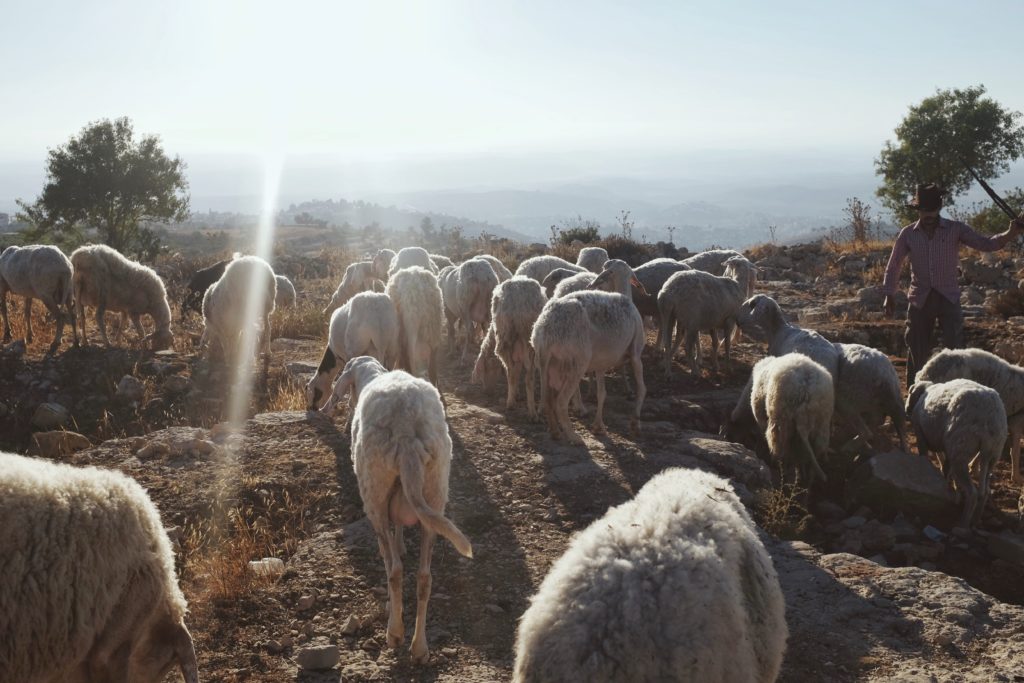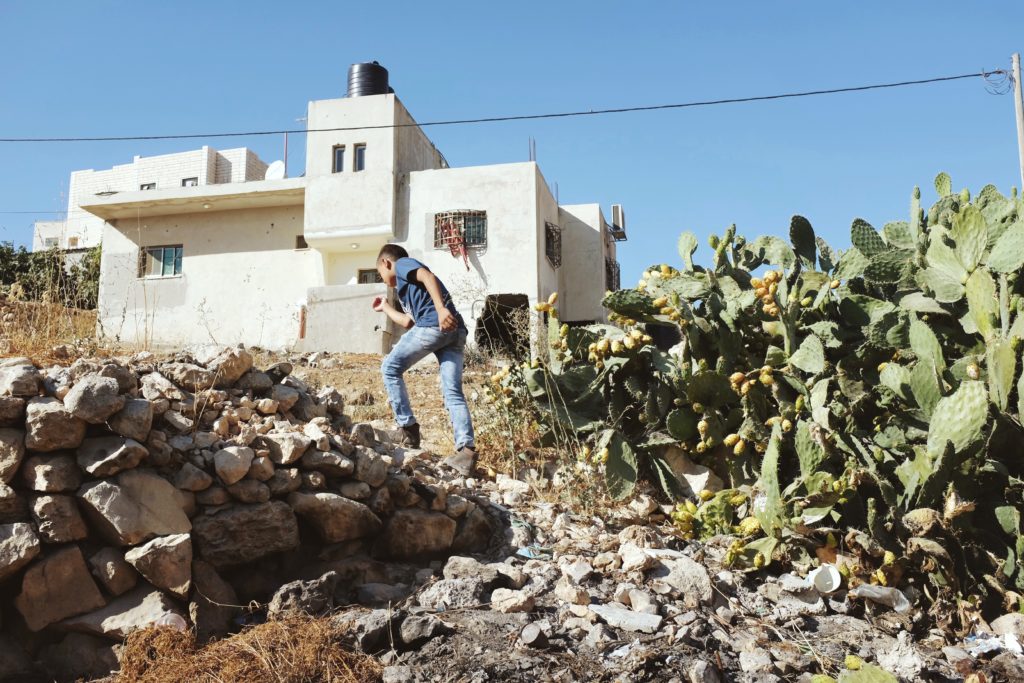I discovered this summer that when I walked into the arm of a cactus, my skin — as if spooned by a ladle of the Mediterranean sun — would flare overnight. My Palestinian host family responded to the incident as they would to any other family matter: by staying together. The 12-year-old cousin, Abrahim, held a flashlight to my arm, while my host mother, Faten, poured and rubbed dish soap on the wound. My host father tried to distract me by offering a handful of fatayers (meat pastries) from the 200 they baked over the weekend. We conversed in my broken Arabic and his broken English about something that has since slipped my memory but left a distinct mild taste — perhaps it was about the sweetness of the figs this year, or about the wedding of his nephew that I would attend the next day.


The incident could have easily happened in my own house, at least the color of the memory of it, rather than upon some of the most contentious soil of 2017. I had been invited to Palestine by a friend who grew up in the refugee camps to conduct population research, intended to be the first step in an architectural project of re-designing allocation space across the Middle East. I reported to three different organizations throughout my time in the West Bank: the architectural firm, the United Nations administers of the camp and the local educational institution that settled me with a Palestinian host family living in the rural village of Beit Ummar.


I expected an escalation of violence prior to my arrival, my plane landing on the weekend of the Palestinian protests at the Al-Aqsa Mosque. Evenings at the household, however, were pristine and unassuming. Each night I would meet an average of five visitors, all distant cousins of one sort or another, with whom I would hike up the hill to watch the goat herds and the sunset, or join for tea and shisha in a potato field.
These are the scenes that come to mind when I am now asked to shed light on the conflict: the simplicity of the lives of civilians, which, when misrepresented at a global scale, manifest as prejudices and stereotypes in other parts of the world. I recall feeling frustrated about the peacefulness at first. The clockwork patterns of an agrarian life. The lack of any discussions with intensity. So I probed at the corners, inquiring about my host family’s relatives in Israel, gathering their biographies. My purpose was not to dig up the roots of one of the most convoluted dilemmas of the 21st century, but to appease my habit of asking “why” and to explain the system of reason that must underpin every human society.

In the end, the most meaningful thing I could do given my privilege and mobility was to capture the nuances behind such placidity. When I could, I took pictures: the curve of the 200-year-old olive trees in the Israeli-governed part of Hebron, the jubilation of a 12-year-old upon seeing unfamiliar blonde hair. But some shots denied the cold eye of a camera: the tender smile that my host brother used to describe his friend’s death; the use of the word “danger” when Palestinians characterize the Israeli-governed part of Hebron, and when Israelis characterize the Palestinian-governed part; the English translation of “suicide martyr” instead of “suicide bomber” in Palestinian textbooks; the articulate passion with which my Jewish architect friend discussed his vision for Israeli settlements.
To understand the conflict, one has to first picture peace.








